The XR headset market is at a clear inflection point. Battery life is the great equalizer now, no matter what you are willing to spend or which ecosystem you prefer. Samsung's newly launched Galaxy XR steps into that fray with specs that match its premium rivals in one crucial area, power endurance.
Samsung's headset delivers up to two hours of general use and 2.5 hours of video playback, according to Mashable, which puts it right beside Apple's Vision Pro M2 with identical runtime claims. Meta's Quest 3 manages about 2.2 hours of continuous use per charge, as reported by the same source. Different chips, different displays, different prices, yet the same wall. Power limits show up for everyone.
That convergence points to a clear technological threshold. Current lithium ion cells have essentially hit their practical limits for wearable XR, which creates an unexpected democratization of endurance across price points.
Breaking down the battery battle: Who actually lasts longest?
Look at the raw numbers and Apple's Vision Pro with the M5 chip has a slight edge in this three-way fight. The latest Vision Pro variant stretches to 2.5 hours for general tasks and three hours for video, according to Tom's Guide. That is a 30 minute bump over both Samsung's headset and the older M2 Vision Pro, which matches Samsung's two hour general use spec exactly, as noted by Android Central.
Real world checks line up. One reviewer saw the Galaxy XR fall to 65 percent after roughly an hour of mixed use, according to Tom's Guide, which tracks with the two hour estimate. Meta's Quest 3, despite being priced over $1,000 less than Samsung's device, still clocks a competitive 2.2 hours, per Mashable.
The surprising part is not the tight race, it is how that extra 30 minutes rarely changes real life. Two hour meeting, evening game session, quick movie, then the battery asks for a break.
The efficiency paradox: More power, similar endurance
Samsung's showing is especially interesting because it keeps pace on runtime despite heavier hardware demands. The Galaxy XR brings advanced processing, higher display quality, and more sensors than the Quest 3, according to Mashable. Yet it lands right around the same battery life, while pushing more pixels and compute.
Under the hood, power management is doing the heavy lifting. Galaxy XR runs Qualcomm's Snapdragon XR2+ Gen 2. Vision Pro uses either M2 or M5 chips, as reported by Android Central. Apple's M5 adds 120 Hz display support, while Samsung tops out at 90 Hz with a 72 Hz default, according to the same source.
Different chips, same goal, squeeze performance without draining the pack. Matching Quest 3's endurance while driving higher resolution and more compute is no small feat for Samsung. It feels like mobile XR power management is finally growing up.
External vs. internal: Battery design philosophies
Battery integration splits the field. Samsung and Apple use external packs on cables, which lets you swap for longer sessions and lightens the headset, according to Gadgets 360. Apple's external pack is 35.9Wh, while Quest 3's built in battery is 18.88Wh, per UploadVR.
Meta's Quest 3 goes integrated with a 515 gram design, according to UploadVR. No cable, cleaner feel, no swapping. Galaxy XR weighs 545 grams and Vision Pro lands around 600 to 650 grams for the headset alone, as noted by The Shortcut, a reminder that external packs can trim head mounted weight even if the whole kit weighs more.
External packs also enable rotation. Pop one off, snap one on, keep going. For long design reviews or extended training, that is a real advantage.
What this means for your XR investment
Across these three premium headsets, battery life converges. That points to practical limits for lithium ion in this form factor. Samsung's $1,800 Galaxy XR matches Apple's $3,499 Vision Pro M2 on endurance, while Meta's sub-$500 Quest 3 trails by only minutes, according to Android Central.
So stop shopping by battery spec. Pick by ecosystem, apps, and what you plan to do. The convergence makes life easier, you can choose for software, horsepower, and use case without taking a big hit on runtime.
If you want the longest stretch, Apple's M5 Vision Pro leads at 2.5 to 3 hours depending on usage type, per PC Mag. Samsung's Galaxy XR offers strong value, matching the endurance of pricier gear and tapping broader Google Play Store app compatibility, according to Android Central. Quest 3 stays the budget pick, giving up only a few minutes for a big price cut, making it ideal for trying XR without a premium commitment.
This convergence signals a maturing XR market. When the hardware limits hit everyone equally, the real action moves to software, ecosystems, and specialized use cases. For consumers, that is good news, you get similar endurance regardless of your budget or platform preference.




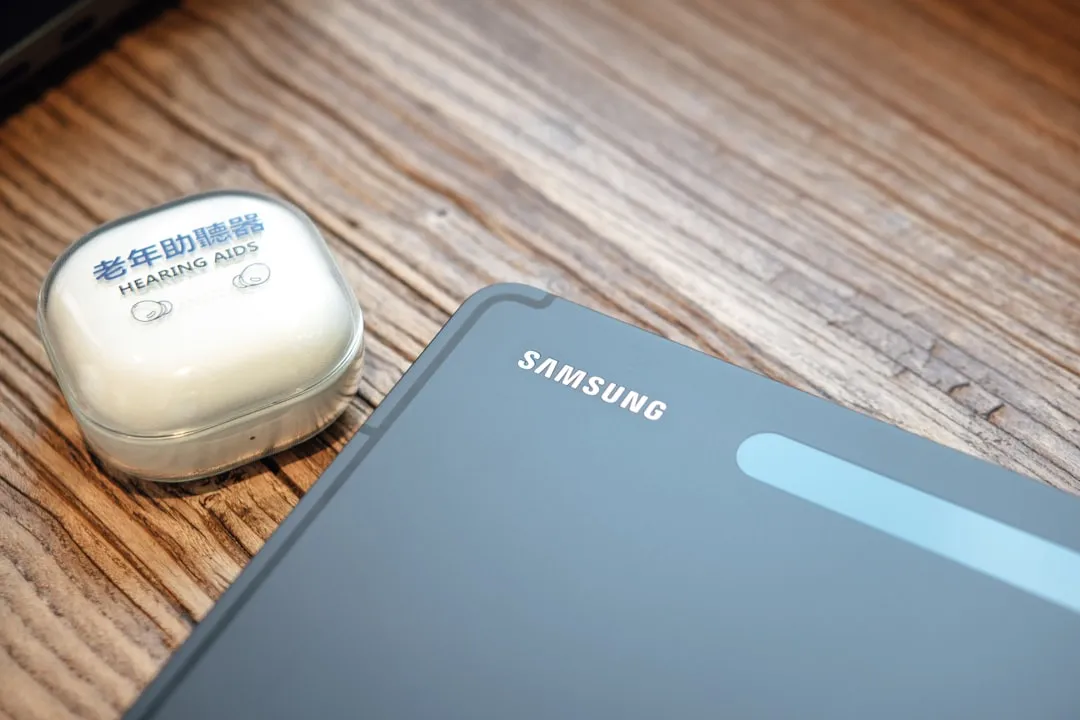




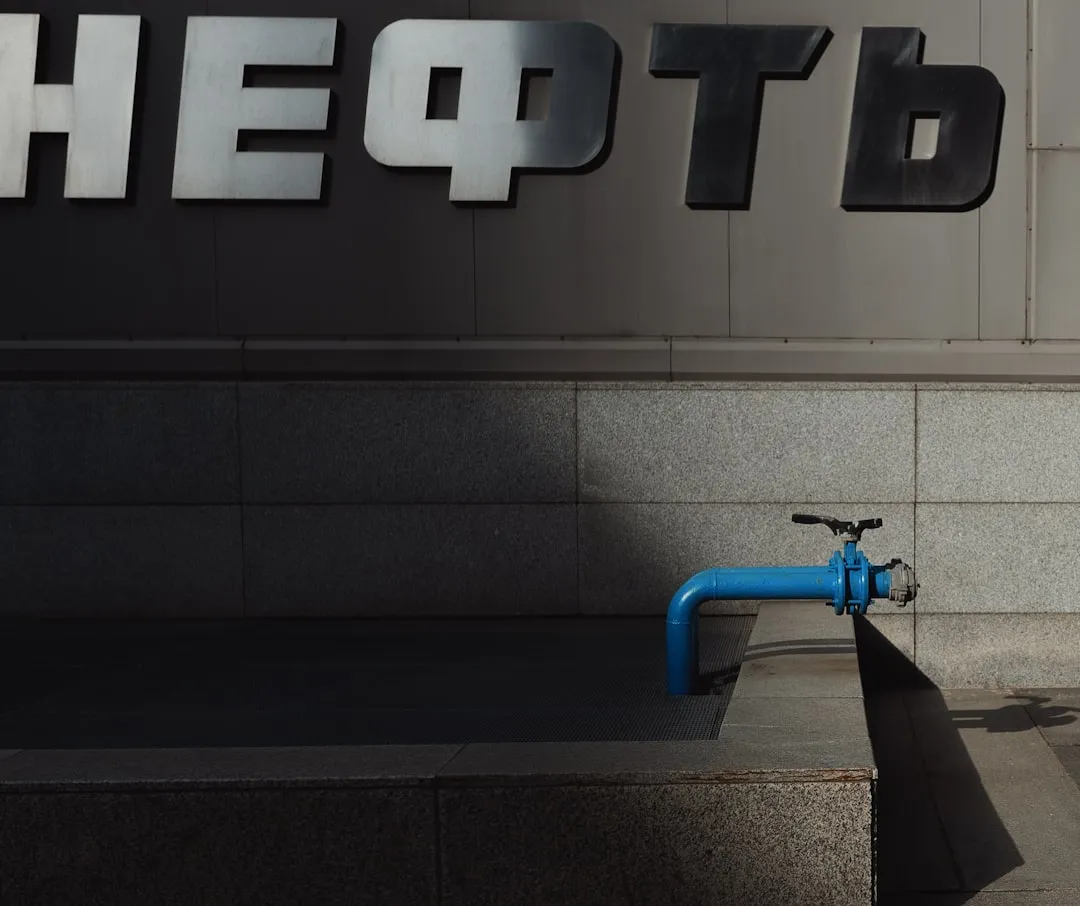
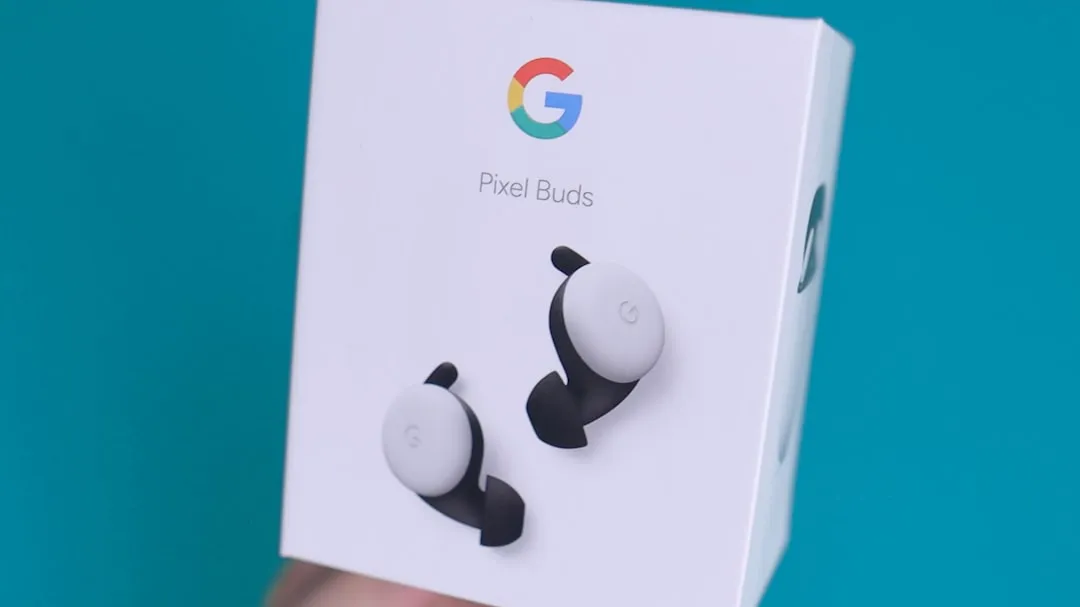


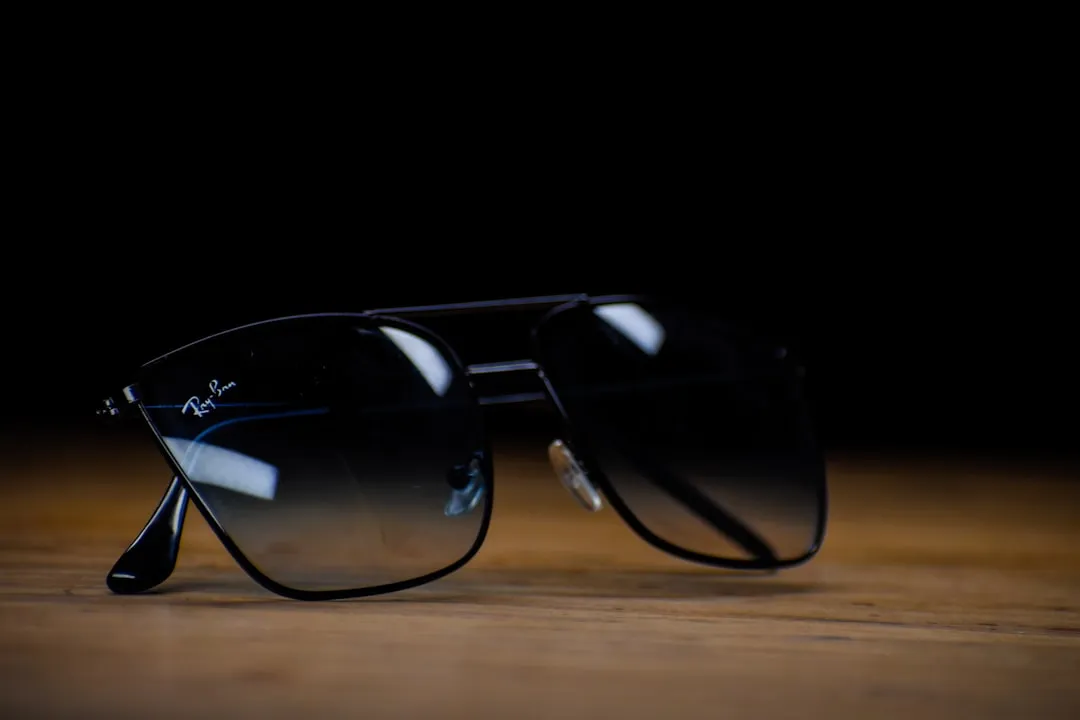
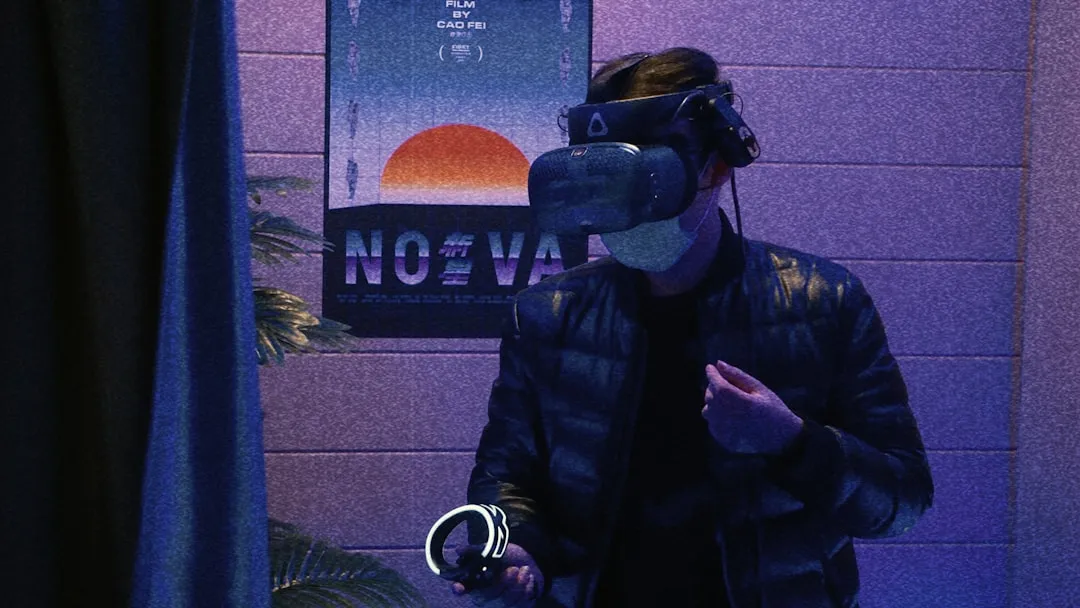
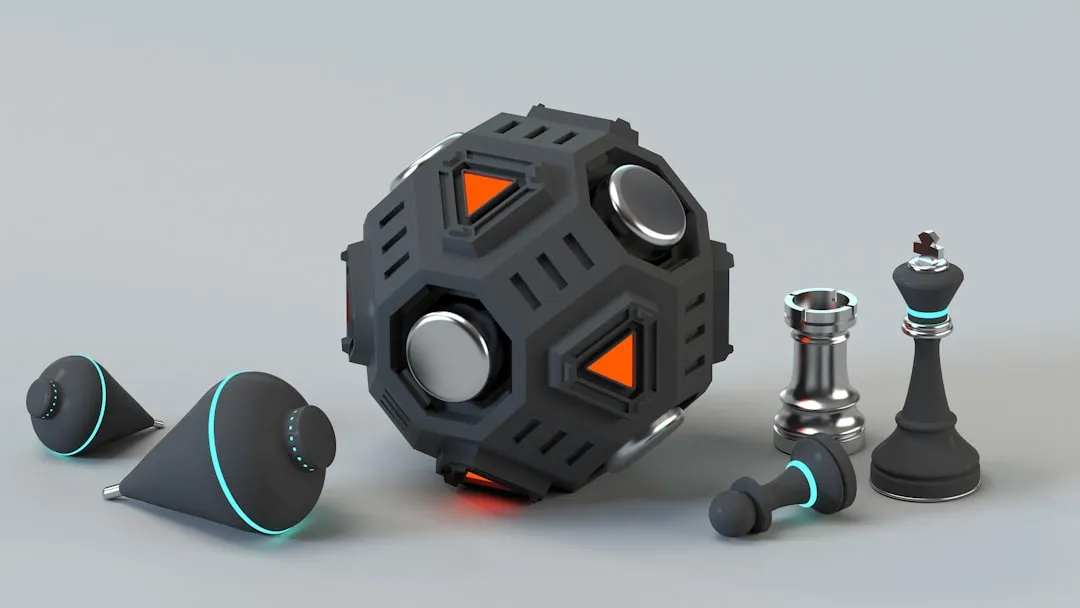
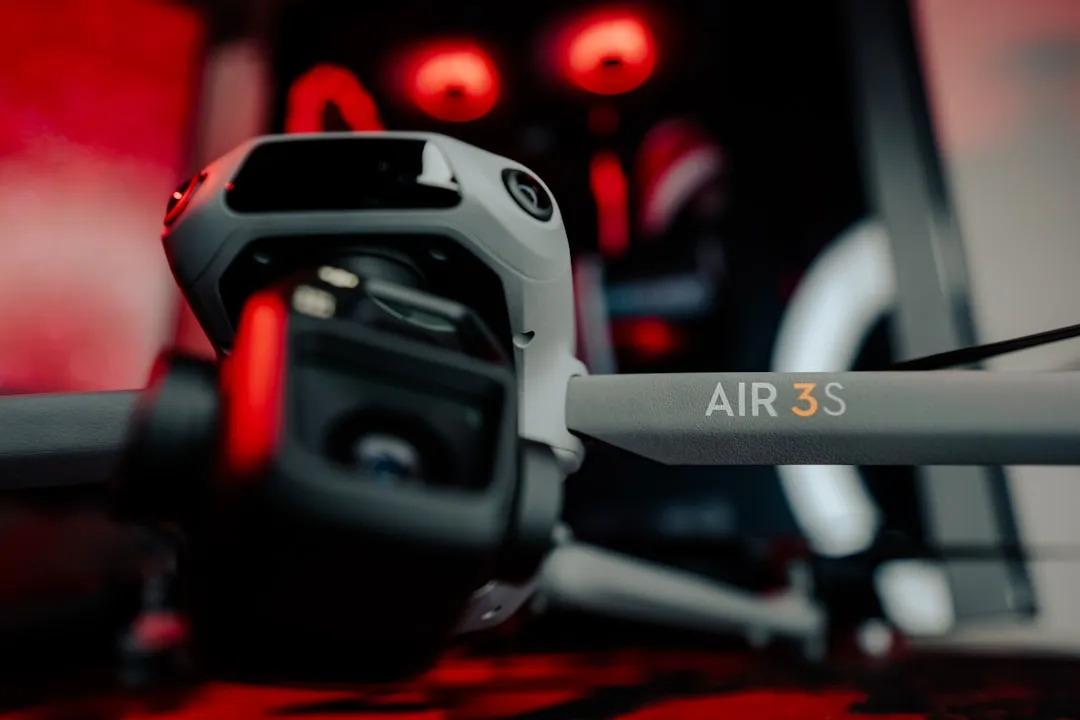
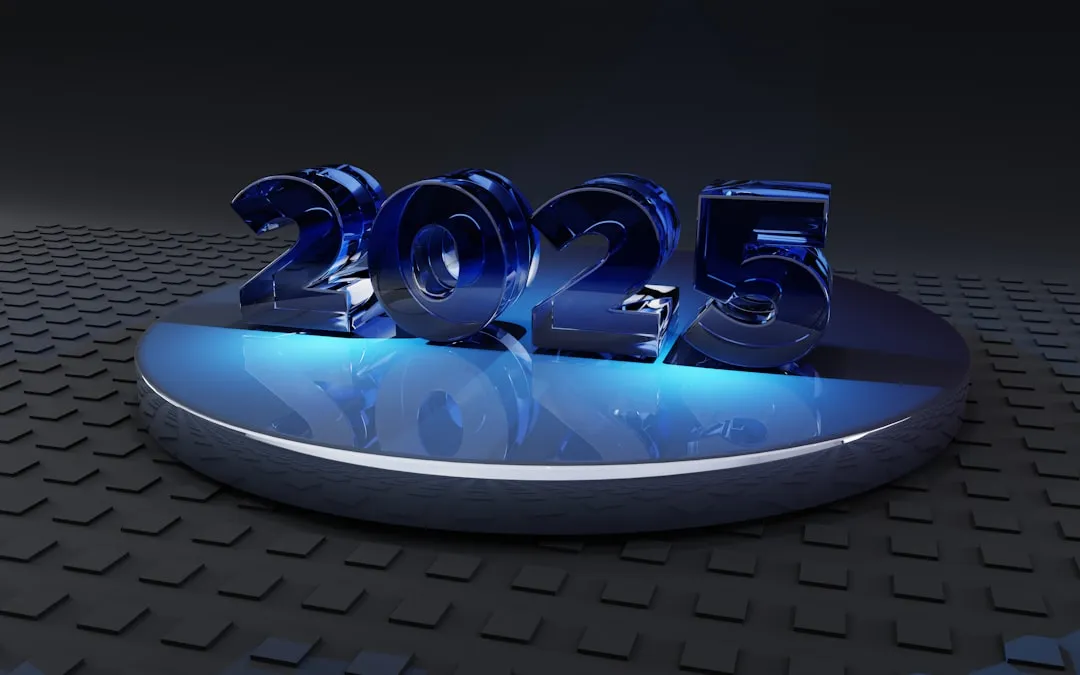
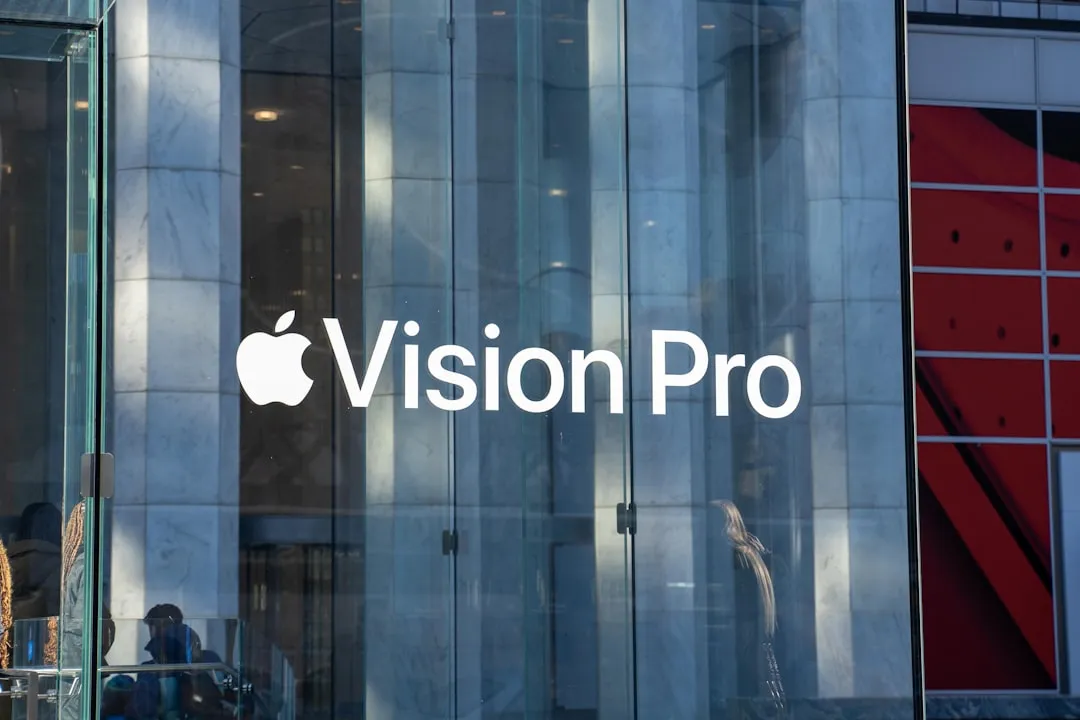
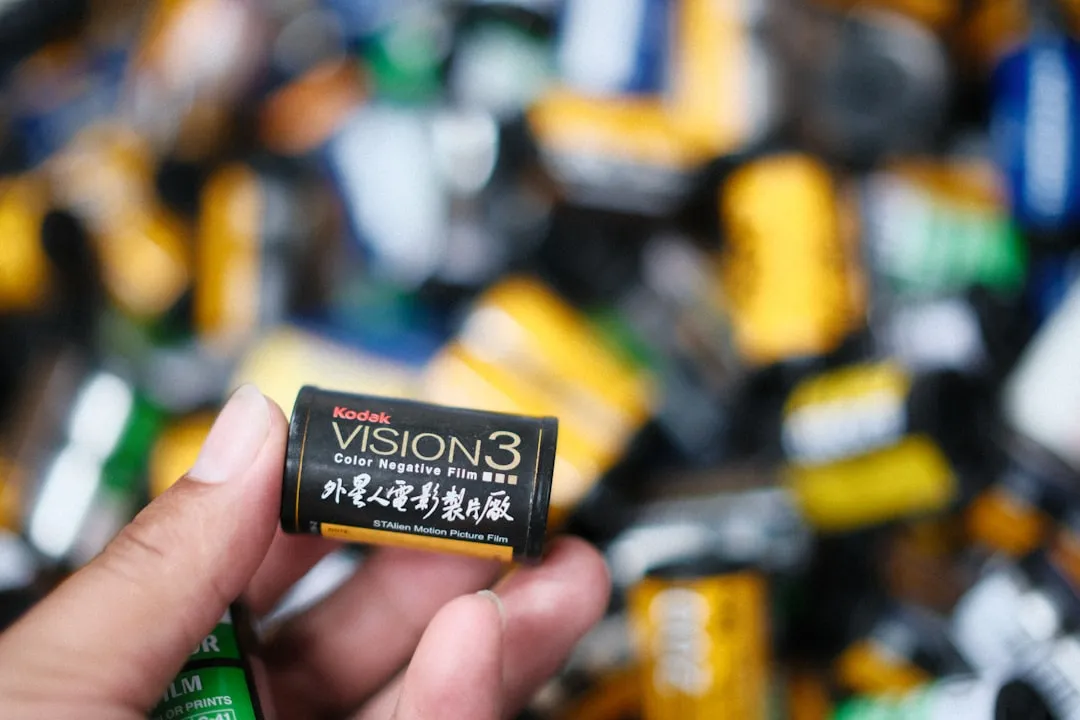
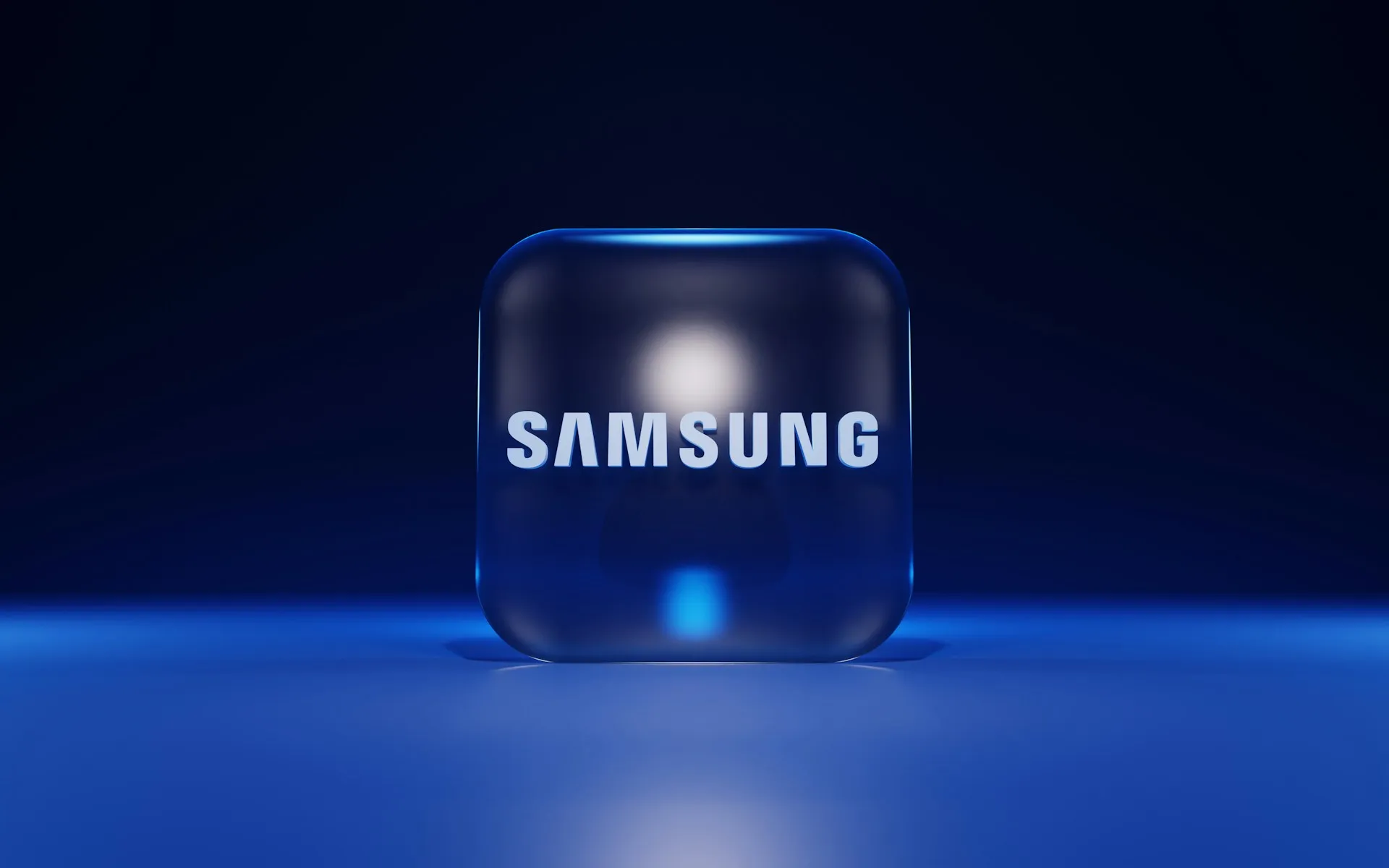

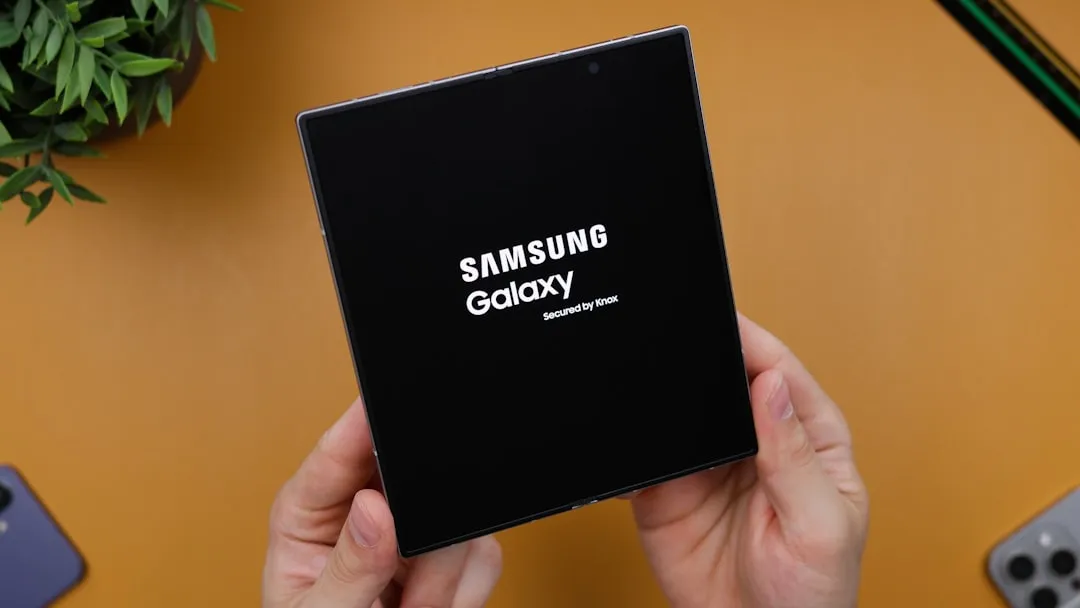

Comments
Be the first, drop a comment!